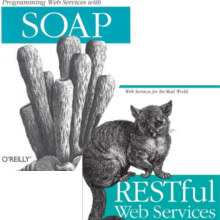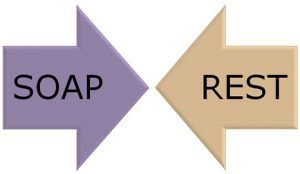

These are the six principles REST APIs follow:
#Soap vs rest services software
REST is a software architectural style that imposes six conditions on how an API should work.

However, SOAP APIs and SOAP web services always return XML documents in their responses. Due to the envelope, you can also send requests to SOAP web services with other transport protocols, like TCP or Internet Control Message Protocol (ICMP).

This is a data structure that modifies the underlying HTTP content with SOAP request requirements. When you send a request to a SOAP API, you must wrap your HTTP request in a SOAP envelope.
#Soap vs rest services update
ACID complianceĭo your API users require stringent consistency and data integrity across a chain of transactions? For instance, finance transactions require an entire batch of data updates to fail if even one update fails. Conversely, some private APIs for internal enterprise requirements (like data reporting for compliance) may benefit from the tighter security measures in WS-Security of SOAP. So, REST is a better choice when you build public APIs. Public APIs have lower security requirements and demand greater flexibility so anyone can interact with them. However, if you need to integrate or extend legacy systems that already have SOAP APIs, you may be better off continuing with SOAP. REST gives you the scalability and flexibility to design applications using modern architecture patterns like microservices and containers. Modern applications like mobile apps and hybrid applications work better with REST APIs. The following criteria are worth considering. Before choosing between SOAP and REST, consider your scenarios and your API users' requirements.


 0 kommentar(er)
0 kommentar(er)
